Microsoft constantly invests in accessible AI to develop tools for everyone
3 min. read
Published on
Read our disclosure page to find out how can you help Windows Report sustain the editorial team. Read more

Copilot was planned from the start to be an accessible AI. The AI assistant allows you to use assistive technologies such as screen readers, magnifiers, contrast themes, and voice input.
Copilot makes our work more efficient, automates various processes, and can be a lifesaver when dealing with deadlines or a lot of data. Besides, it significantly enhances human-computer interactions.
For example, users with disabilities can use their voice to create PPT presentations. On top of that, neurodiverse people can use Copilot to summarize long articles to process information more easily.
In addition, the AI from Microsoft makes other software such as Word and Outlook more accessible by finding and fixing user-made errors. Also, it provides easy-to-use prompt suggestions.
Microsoft motivates developers to create accessible AI
Microsoft started five years ago a $25 million five-year program known as AI for Accessibility to accelerate the development of AI tools for people with disabilities.
During Microsoft Build, the company announced that the AI startup From Your Eyes won the Imagine Cup student competition. They created a mobile app that uses accessible AI to provide instant visual interpretations to users with impaired vision.
Zülal Tannur, the CEO of From Your Eyes, is an inspiration. The Microsoft Seeing AI initiative helped her to meet various developers with impaired vision who inspired her to learn code.
SeeingAI is a free app from Microsoft that provides enhanced video descriptions and alternative communication methods like the Cboard’s picture board app powered by Azure Neural Voices.
If you struggle with ADHD, try out the AI productivity coach developed by PlanRoadmap. It will assist you by compartmentalizing tasks, providing ways to increase your focus and simplify your decisions.
According to Satya Nadella, the CEO of Microsoft, accessibility should be a built-in feature for most tools and AI models to lead to an inclusive culture. In addition, developers should think about ways to make their software, including AI tools, more accessible.
Microsoft is not the only tech giant that focuses on accessibility. For example, Google added features for Maps, Lookout, and Android. Soon, Maps will be able to offer users walking instructions and screen reader capabilities.
Ultimately, when companies design accessible tools like Copilot AI, they do it to change the world and not necessarily for the return on investment (ROI). Hopefully, more developers will create new AI models with built-in accessibility features.
What are your thoughts? Did you ever use an accessibility tool?


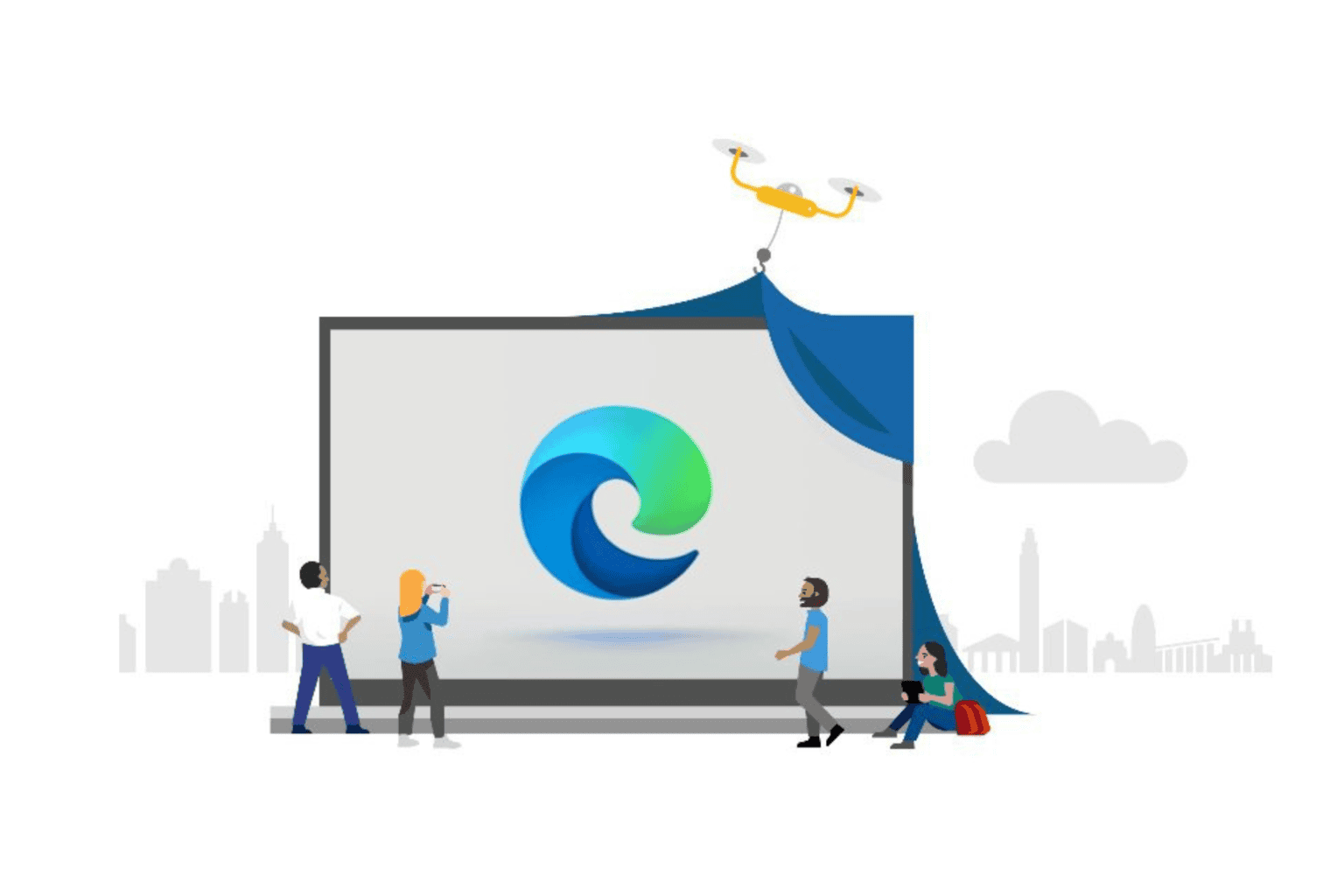
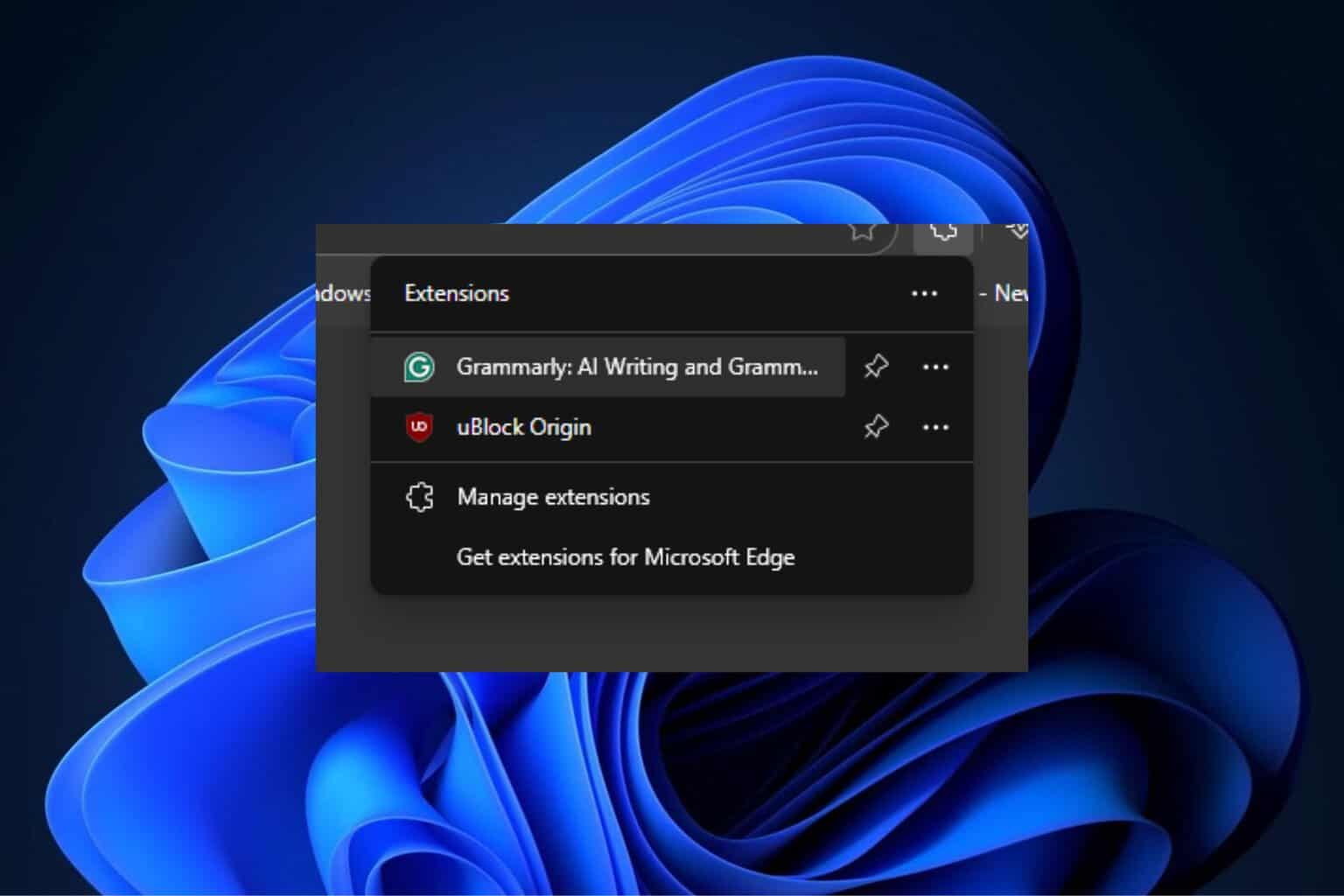
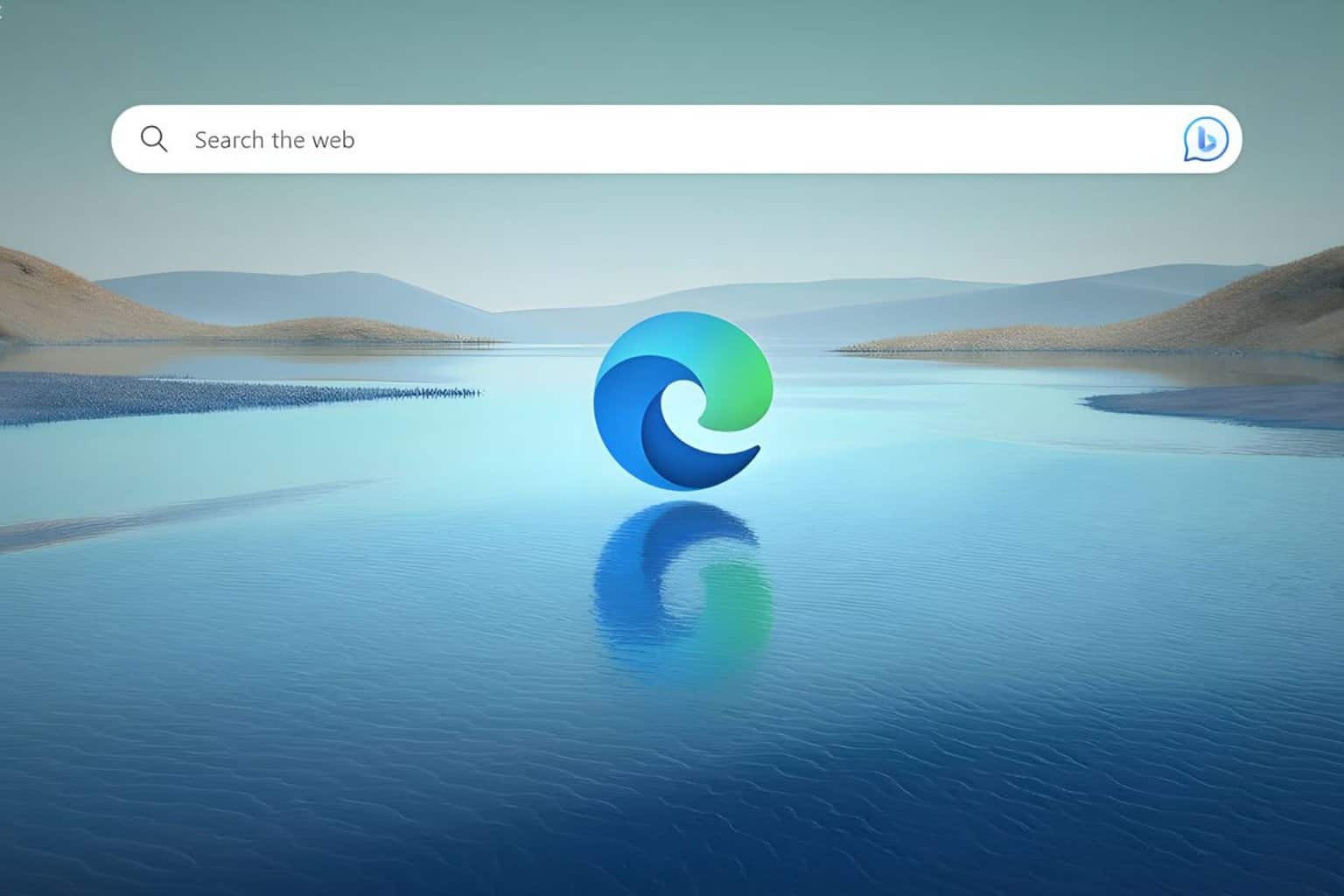
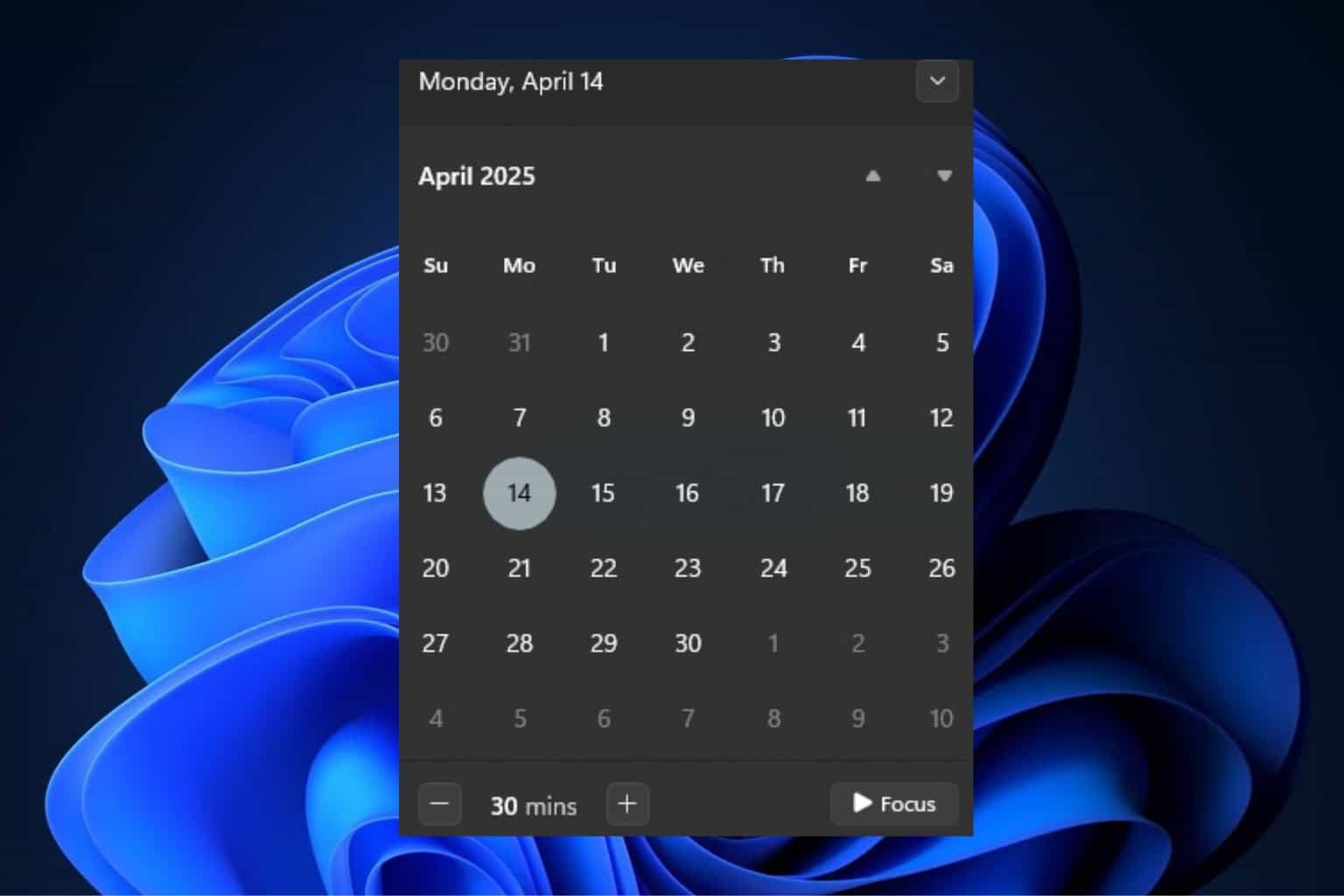
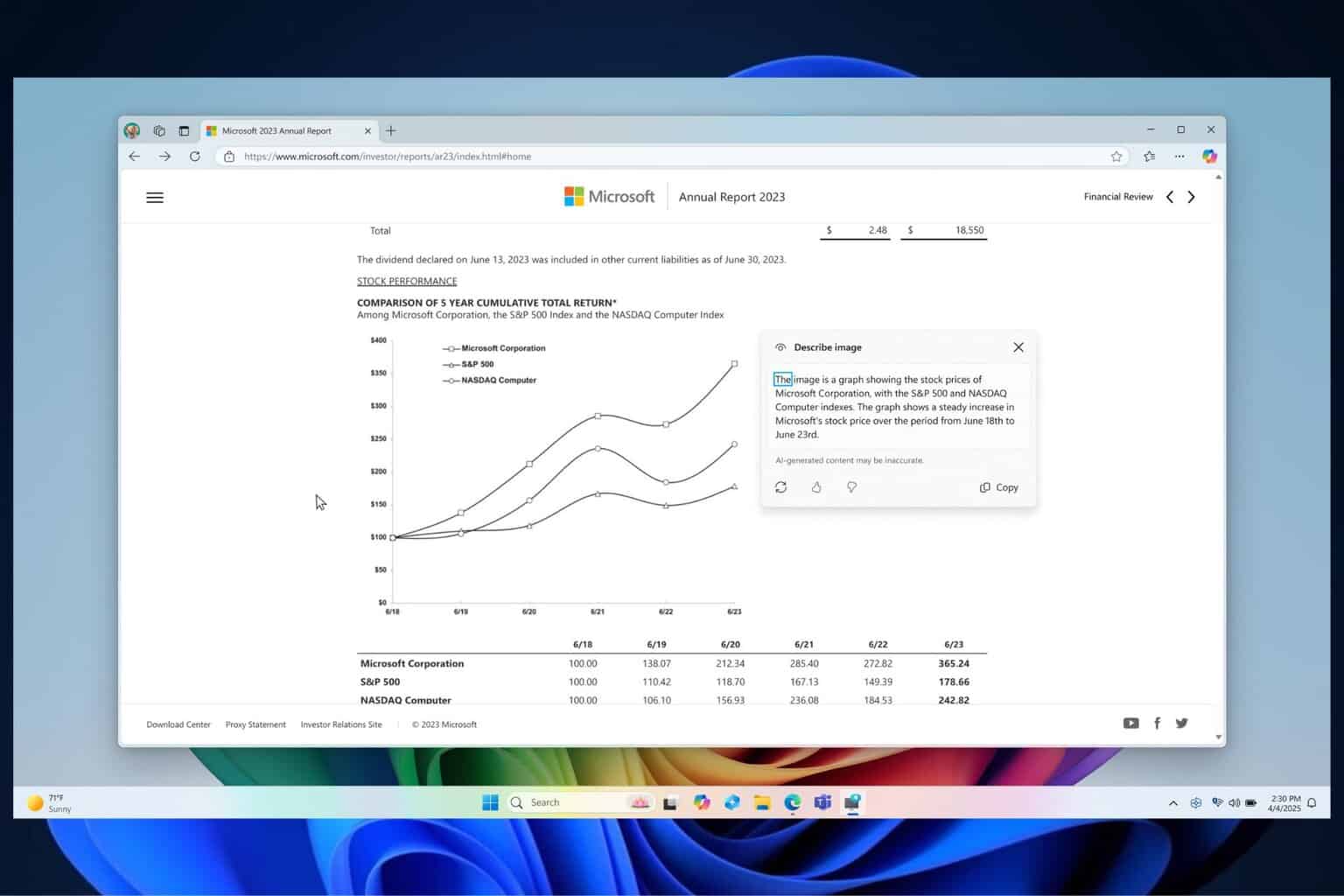
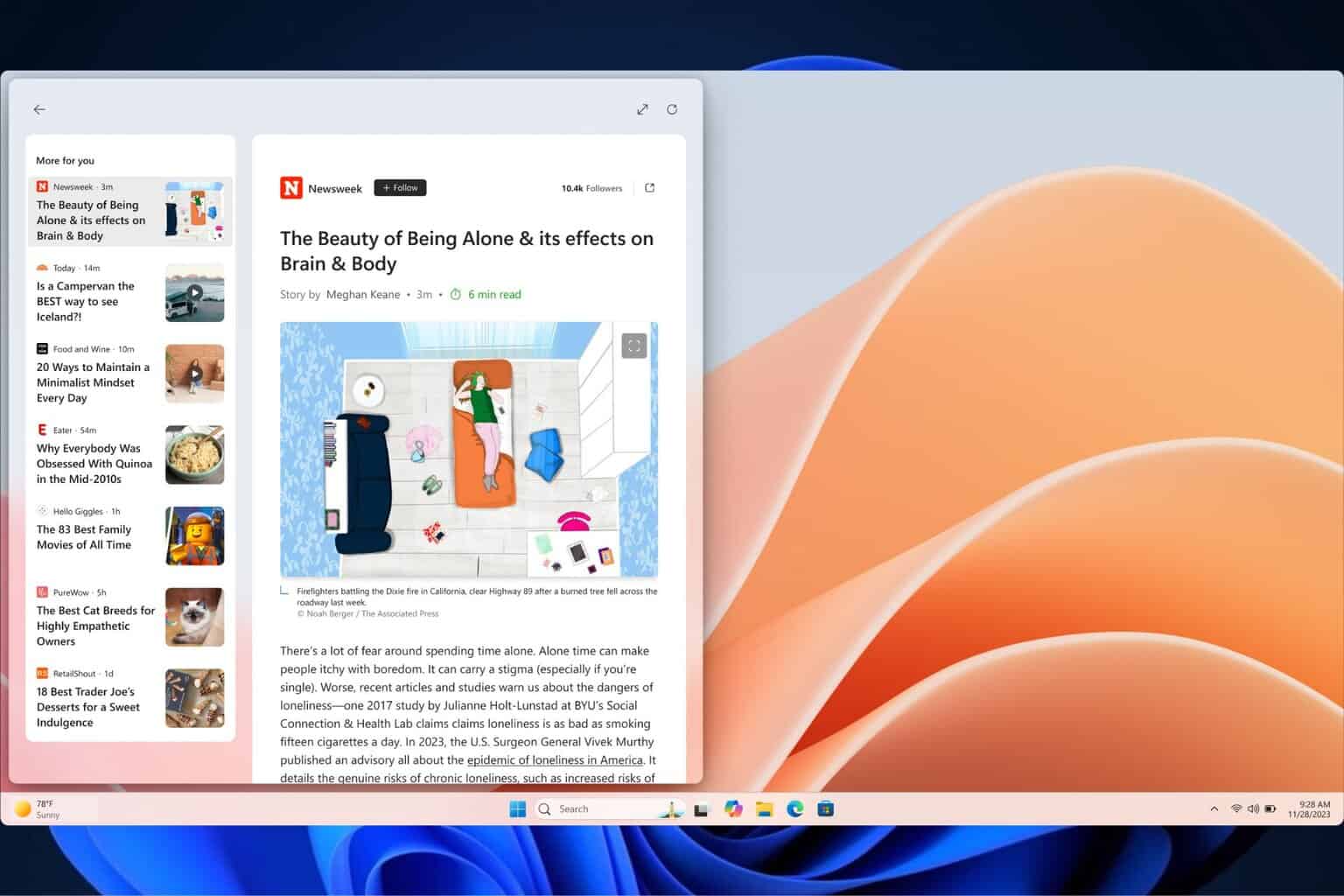

User forum
0 messages